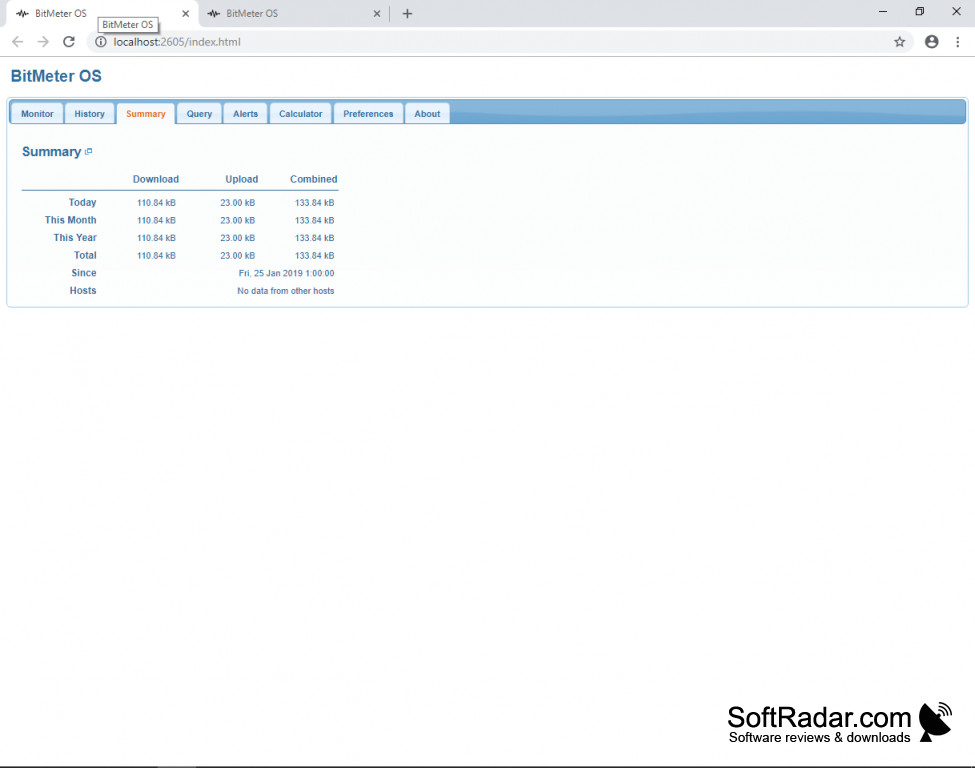


In its essence, it is pursued by substituting the victim’s browser with a malicious transparent browser, hosted on the attack platform, that the attacker is able to control in every way, leaving the victim totally unaware of the substitution. It also allows real-time monitoring of the victims’ behaviour during their web navigation and tampering with exchanged data. Moreover, it is relatively easy to implement and scalable through phishing techniques. While belonging to the same category, Browser-in-the-Middle (BitM), the attack here presented, has no such requirements. They can be carried out either by exploiting zero-days, known vulnerabilities and weaknesses in one of the two end-points and/or in the communication channel or by getting a physical access to the latter. As examples of popular MitM attacks aimed at web services, MitB, MitM to the HTTPS Protocol, DNS Hijacking may be mentioned.ĭespite their popularity, MitM attacks are not easy to put into practice.

The wide variety of existing MitM attacks bears witness to the popularity of the category. The attacker can access the communication channel and can intercept and manipulate messages sent or received by both endpoints. Integrity, by intercepting the communication and modifying messages.Īvailability, by intercepting and destroying messages or modifying messages to cause one of the parties to end communication.Ī typical scenario for this kind of attack involves: two endpoints (the victims), a third-party (the attacker) and a communication channel. MitM attacks have been described for practically any kind of communication technology: LTE (Long-Term Evolution), Bluetooth, NFC (Near Field Communication), IoT, WiFi, HTTPS protocol, operating system processes, etc.Ĭonfidentiality, by eavesdropping on the communication. The term MitM identifies a large category of attacks whose main characteristic is the ability of the attacker to place him/herself, in many different ways, in a point of the path between the victim and the accessed service. One of the best known and most used attacks in the cyberspace is the Man-in-the-Middle (MitM) attack.
#Why does bitmeter 2 show a publisher install#
Among its features, the absence of the need to install malware of any kind on the victim’s machine and the total control it allows the attacker are to be emphasized. It will be seen how BitM expands the range of the possible attacker’s actions, at the same time making them easier to implement. It could be started by phishing techniques and in some cases coupled to the well-known Man-in-the-Browser (MitB) attack. The present paper aims at modelling and describing a new method of attack, named Browser-in-the-Middle (BitM) which, despite the similarities with MitM in the way it controls the data flow between a client and the service it accesses, bypasses some of MitM’s typical shortcomings. However, most of its many variants involve difficulties that make it not always possible. Main goal of MitM is to compromise confidentiality, integrity and availability of data flowing between source and destination.

Man-in-the-Middle (MitM), one of the best known attacks in the world of computer security, is among the greatest concerns for professionals in the field.


 0 kommentar(er)
0 kommentar(er)
